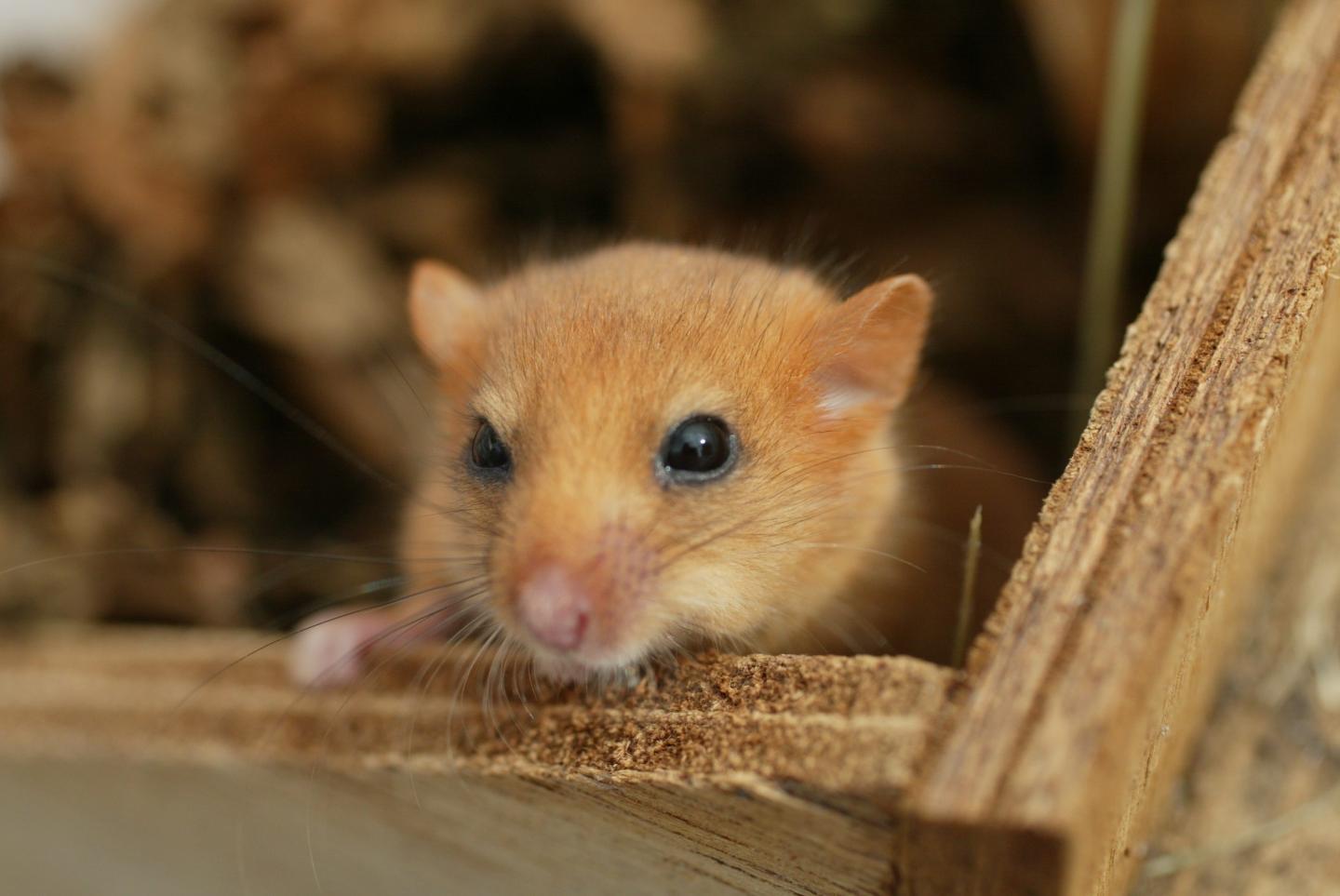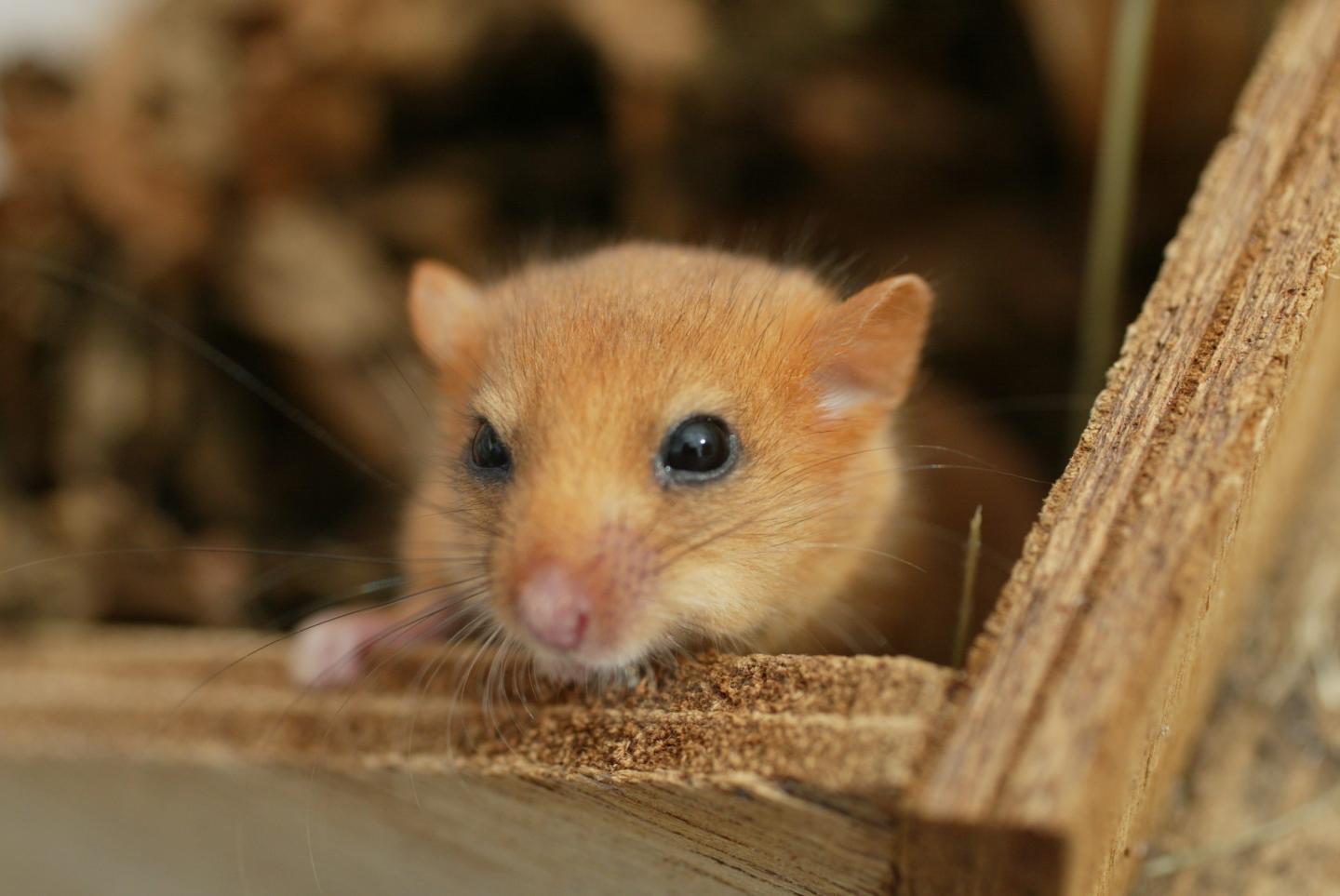
Credit: Thames Water & People's Trust for Endangered Species
Britain's population of hazel dormice, famed for their sleepy lifestyle, has declined by more than 70% in just over two decades, new research from the University of Exeter has shown.
Dedicated dormouse monitors have been counting the rodents in 26,000 nest boxes in 400 woodlands for more than 20 years.
Exeter conservation scientists have studied their records and identified a 72% decline from 1993 to 2014.
The causes of the decline are not well understood, and the research team is calling for an urgent appraisal of dormouse conservation.
"Dormice are declining despite strict protection and widespread efforts to conserve one of Britain's most endearing woodland mammals," said the study's lead author Cecily Goodwin, of the Environment and Sustainability Institute on the University of Exeter's Penryn Campus in Cornwall.
The hazel dormouse is a UK Biodiversity Action Plan Priority Species and a European Protected Species.
The Exeter researchers said their findings suggested hazel dormice merit a national IUCN "Red List" classification.
"They are declining to such an extent that a precautionary approach would classify dormice as 'Endangered' in the UK," said Goodwin.
Dormice are among Britain's best-loved woodland creatures. They live in woodlands, scrub and hedgerows, and eat flowers, nuts and insects.
They are rarely seen as they spend much of the year hibernating. Their sleepy habits featured in Lewis Carroll's Alice's Adventures in Wonderland, where the dormouse dozed through the Mad Hatter's Tea Party.
Dormice are also nocturnal and often sleep for much of the day, enabling dormouse nest box monitors to make careful counts.
Professor Robbie McDonald, who leads the research team at the University of Exeter, said: "Dormice face a range of problems: Climate change and habitat loss are likely important, but we think that woodland management could also be key.
"One possibility that we are currently researching, is that more active woodland management may be needed, not less."
Nida Al Fulaij, of the People's Trust for Endangered Species, which runs the National Dormouse Monitoring Programme, said: "The declines highlighted in this paper are alarming and there is an urgent need to review conservation of hazel dormice to protect this much-loved species."
###
The paper, published in the zoology journal Mammal Review, is entitled: "Voluntary recording scheme reveals ongoing decline in the United Kingdom hazel dormouse population."
The research was jointly funded by the Forestry Commission and the Natural Environment Research Council.
Media Contact
Alex Morrison
[email protected]
01-392-724-828
@uniofexeter
http://www.exeter.ac.uk
Related Journal Article
http://dx.doi.org/10.1111/mam.12091
############
Story Source: Materials provided by Scienmag





